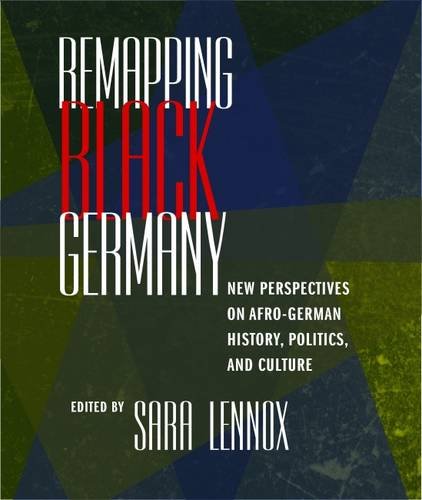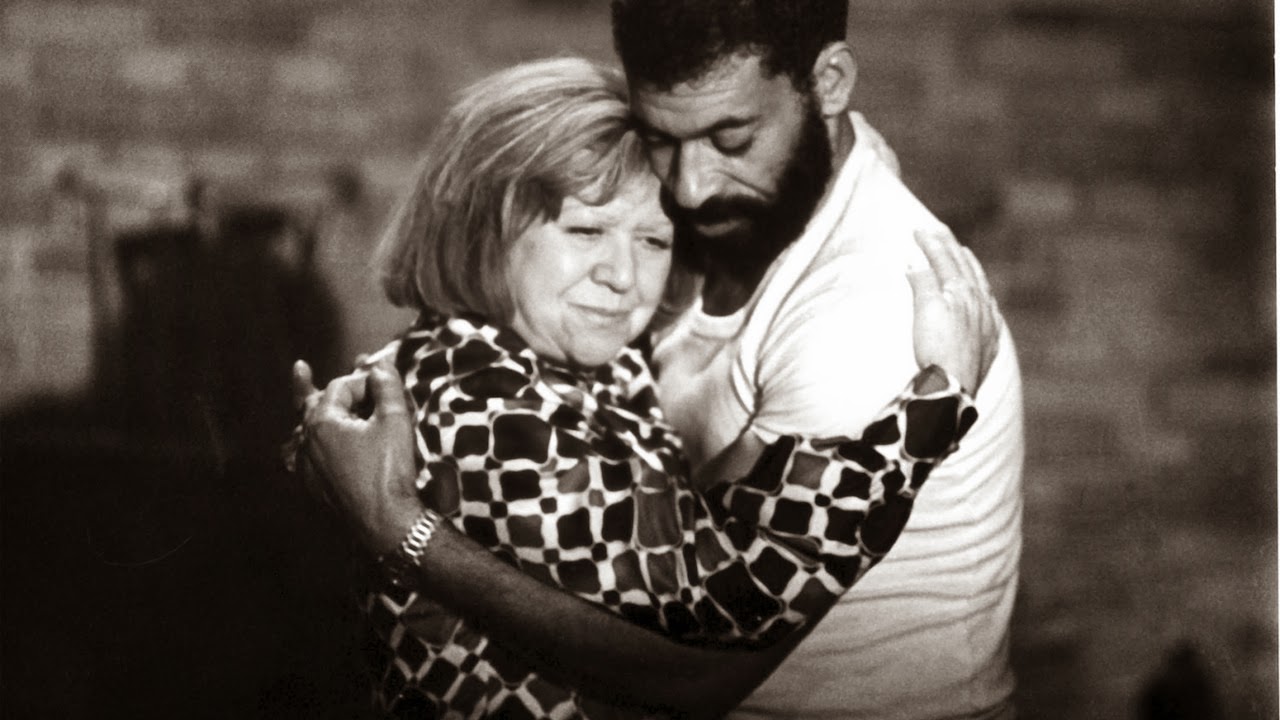Racism Comes Full Circle: America as the Harbinger of the Nazis’ Race LawsPosted in Articles, Book/Video Reviews, Europe, History, Law, Media Archive, Social Justice, United States, Virginia on 2017-08-15 19:00Z by Steven |
Racism Comes Full Circle: America as the Harbinger of the Nazis’ Race Laws
Haaretz
2017-08-15
Oded Heilbronner, Lecturer in Cultural and Historical Studies
Hebrew University of Jerusalem; Shenkar College of Engineering and Design
 Demonstrators carry confederate and Nazi flags during the Unite the Right free speech rally at Emancipation Park in Charlottesville, Virginia, USA on August 12, 2017. Emily Molli / NurPhoto |
James Q. Whitman, Hitler’s American Model: The United States and the Making of Nazi Race Law (Princeton: Princeton University Press, 2017)
Nazi sentiment was very much influenced by the American experience including the Jim Crow legislation in the South, Yale’s James Q. Whitman says in new book
A recent study has joined the constant flow of research on the Third Reich, an original work that sheds more light on a subject we thought we knew everything about: Nazi racism. It’s a subject all the more current after the events in Charlottesville, Virginia, over the weekend.
Countless books have been written on the sources of Nazi racism. Some reconstruct 500 years of German history, since the days of Martin Luther, and find the source of the Nazis’ murderous worldview. Others see Nazi ideology as a historical accident whose roots are to be found only in the few years before the rise of the Third Reich.
Others invoke European contexts: the Eastern European or French anti-Semitism on the eve of the 20th century, and the Communist revolution, whose shock waves included murderous anti-Semitism in Europe. We also must not ignore the biographical-psychological studies that focus on the pathological anti-Semitism developed by the Nazis, with Hitler at their head.
The unique work of Prof. James Q. Whitman of Yale Law School, whose previous book explored the growing divide between criminal law and punishment in America compared to Europe, belongs to a long series of research noting the global contexts in which decisions are made and events occurred both regionally and domestically…
…Based on a long series of modern studies, Whitman says the Nuremberg Laws were crafted so as to create citizenship laws based on racial categories. The main motive for the legislation was to prevent mixed marriages, which would lead to the birth of mixed-race children and “racial pollution.” At the center of the debate that preceded the Nuremberg Laws was the aspiration to construct a legal code that would prevent such situations. American precedents, which were meant to make African-Americans, Chinese and Filipinos second-class citizens, provided inspiration for the Nazis…
Read the entire article here.








